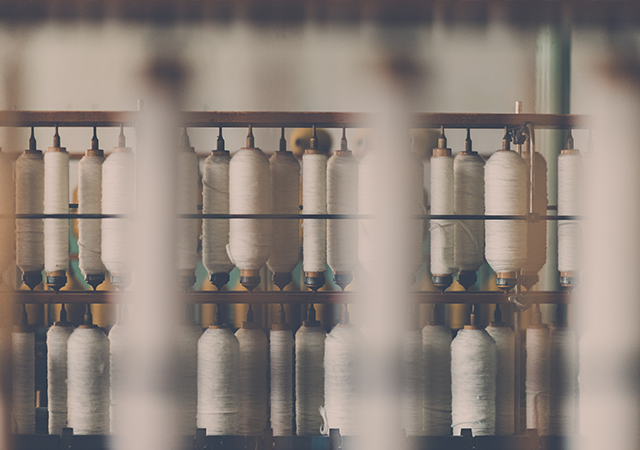In the evolving landscape of the global economy, the textile and garment industry faces unprecedented challenges and opportunities. This article outlines strategies and recommendations for the development of China's textile and apparel sector in response to the new situation that emerged in 2020.
1. Shifting Focus from Export to Domestic Sales:
In light of the current global economic uncertainties, there is a need to reevaluate the industry's reliance on exports. The government should encourage enterprises to redirect their focus towards the domestic market. Emphasizing "three same" development (same line, same standard, same quality) is essential to tap into the vast potential of the Chinese market and stimulate domestic consumption.
2. Facilitating Entry into the Domestic Market:
The challenges faced by clothing foreign trade enterprises necessitate a review of entry conditions into the domestic market. The government can alleviate pressures and reduce losses by relaxing entry conditions. This strategic move aims to reverse the current situation, promote a new development pattern with the domestic market as the core, and foster both domestic and international dual circulation.
3. Establishing Platforms for Domestic Sales:
The government plays a crucial role in guiding the industry. Initiatives such as establishing cross-border e-commerce test zones, constructing overseas warehouses, and leveraging foreign trade transportation channels can provide development space for clothing foreign trade enterprises.

4. Simplifying Procedures and Providing Incentives:
Optimizing import and export procedures, simplifying cross-border e-commerce processes, and offering temporary tax exemptions or reductions for foreign trade enterprises can significantly reduce costs, ease financial pressures, and enhance the industry's development potential.
5. Transforming Traditional Concepts in the Textile Industry:
To counter the perception of traditional manufacturing as "backward," enterprises need to promote a positive transformation towards informationization, intelligence, and ecology. Building cultural confidence in the textile industry is vital for accelerating the journey towards becoming a textile powerhouse.
6. Modernizing the Textile Industry Chain:
While the current textile industry chain is concentrated in specific regions, there is room for development across the country. Efforts should be directed at enhancing the modernization level of the regional textile industry chain and supply chain, promoting cross-border cooperation, and ensuring high-quality development.
7. Embracing Digital Transformation:
Accelerating the construction of big data centers and adopting digital and intelligent transformation is crucial for the industry's response to economic difficulties. This infrastructure facilitates data sharing, communication, and supports production, operation, and economic development services.
8. Prioritizing Green and Sustainable Development:
Environmental considerations, health, and fashion trends are becoming pivotal in the textile industry. Supporting the development and application of biodegradable materials, constructing green development service platforms, and emphasizing sustainable practices are essential for future industry growth.
The textile and garment industry in China has significant potential for growth and transformation. By adopting these strategic recommendations, the industry can move towards becoming a global leader in textile technology, a key player in global fashion, and a champion of sustainable development.
SUNTECH Textile Machinery stands at the forefront of automation and intelligent manufacturing, providing advanced solutions including but not limited to fabric relaxing machine and automatic packing machine for the global textile industry. Their mission extends beyond their own success to the development of the Chinese machinery industry, with a vast network of agents spanning over 120 countries.




